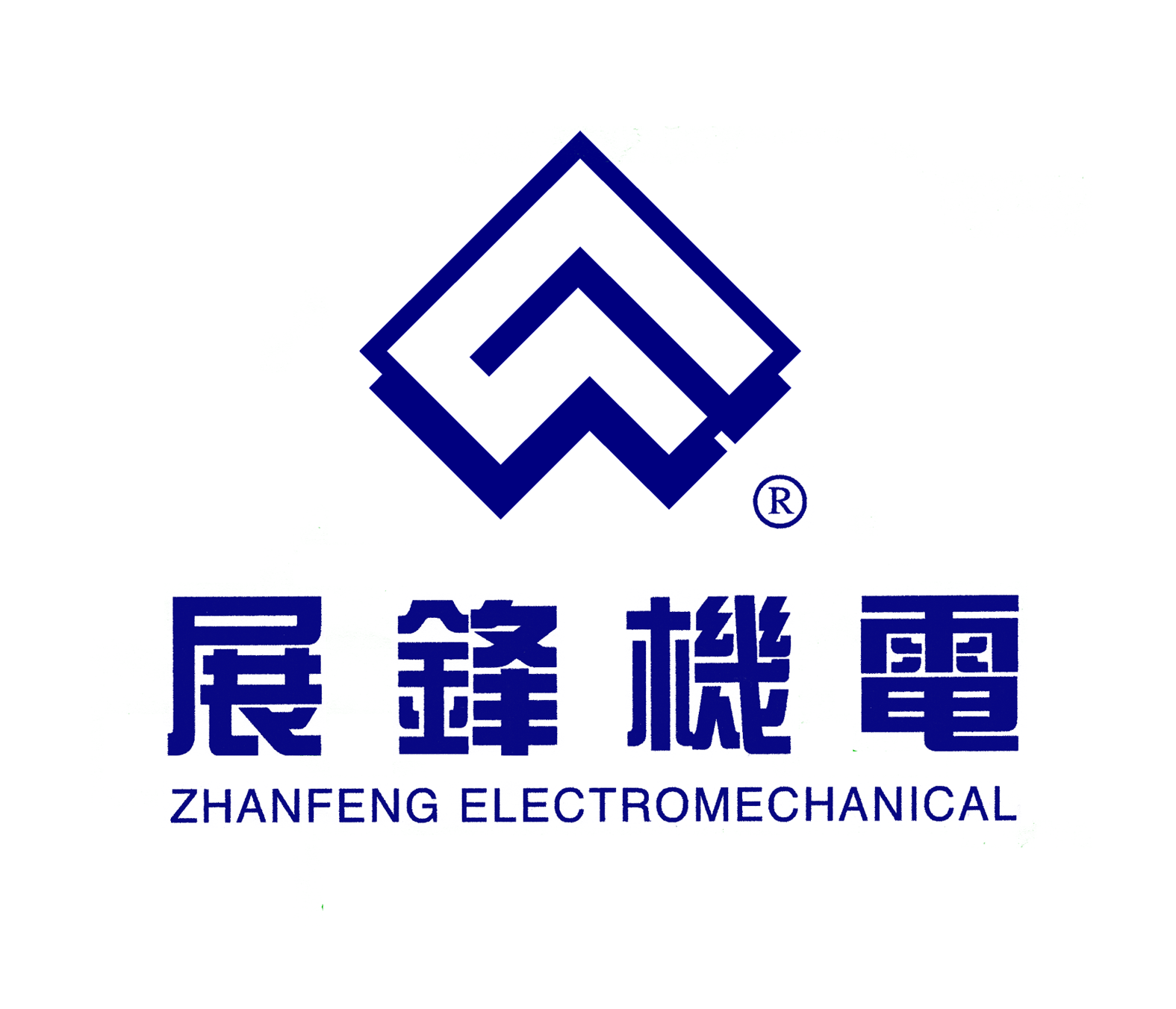Analysis of the cooling water path reference method at the beginning of injection molding 3D printing mold design
The application of metal 3D printing technology in the manufacturing of mold cooling waterways breaks through the limitations of cross-drilling methods on cooling waterway design. Now, mold design companies can design conformable waterways that are closer to the mold cooling surface, with smooth corners, faster flow, and higher cooling efficiency.
1. Diameter of waterway
The commonly used diameter of traditional cooling water lines manufactured by drilling is 7/16 inches (approximately 11.11mm). If the diameter of the cooling water channel manufactured in this way is too large, it may make it difficult for the water channel to access the mold surface while avoiding the mold parts;
If the diameter is too small, drill bit drift may occur during waterway processing. Although additive manufacturing circumvents some of the limitations of drilling methods, it is still necessary to reduce the uncertainty of this technology by setting the diameter within a proven range of commonly used sizes when designing waterways.
2. Cross-sectional area
When processing cooling water channels by drilling, the cross-sectional area of the water channels always remains constant. Although a waterway with many different shapes can be produced through 3D printing technology, when designing a 3D printing conformal cooling waterway, the cross-sectional area of the waterway should be kept constant to ensure that a constant volume of cooling liquid passes through the waterway.
3. Distance from mold surface
There is no fixed requirement for the distance between the cooling water channel and the mold surface. For example, some companies reserve a distance that is exactly equal to the diameter of the water channel during design, while some companies reserve a distance that is twice the diameter of the water channel.
For most conformal cooling channels, the distance from the mold surface depends on the part geometry. When designing the distance from the mold surface, one principle that needs to be followed is to always keep the conformal water channel at the same distance from the mold surface to achieve a uniform cooling effect.
4. Length of cooling water path
When drilling for cooling water lines, drill bit drift or damage may occur if the debris generated during drilling is not evacuated. In this case, people will choose to design the cooling water path as short as possible.
Although conformal cooling water channels are manufactured through 3D printing technology and there are no problems such as tool damage, it is still not recommended to design the water channels to be too long during design. This is because the cooling water can flow in and out more quickly in the shorter cooling water path, making the heat distribution more even.
5. Another rule for cross-sectional area
Since multiple short cooling water channels can provide cooling more evenly, some conformal cooling water channels are designed according to the idea of capillary tubes, that is, a large cooling water channel is divided into multiple small and short water channels, and then Then merge into a large waterway.
In this case, the sum of the cross-sectional areas of multiple small waterways should be equal to the cross-sectional area of the inlet and outlet of the large waterway, thereby ensuring uniform water flow and further reducing the risk of warping.
6. Rotation structure
The amount of water in the mold cooling water path is a factor that affects the cooling time of the mold. The greater the amount of water, the shorter the cooling cycle time. Another contributing factor is water turbulence. Although the inner surface of the 3D printed conformal cooling waterway will generate some turbulence because it is not polished, more turbulence can be generated if a rotating structure is added to the design.
The above design rules are not all the rules that need to be paid attention to for successful 3D printing of conformal cooling water channels. Mold manufacturing users should have a systematic understanding of injection mold manufacturing when designing conformal cooling waterways for 3D printing. There are many experiences worth learning from in traditional mold cooling waterway design principles. These experiences are the basis for effective design of 3D printing conformal cooling waterways.



